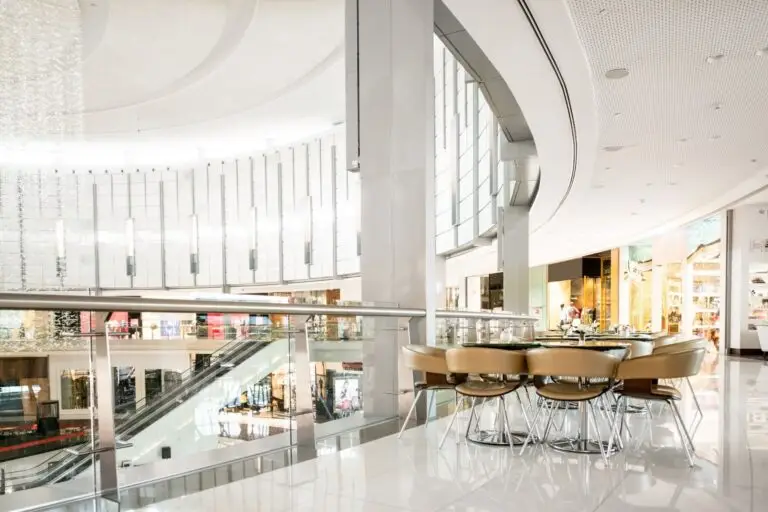Since ancient times, mosaic has been a form of art and expression in construction. The incorporation of mosaics into buildings not only adds a unique aesthetic touch but also provides durability and versatility. In this blog, we will explore the use of mosaics in construction and how this technique has persisted throughout history, bringing beauty and resilience to structures worldwide.
To view AH Construction’s projects click HERE
The Origin of Mosaic in Construction
Mosaic dates back to ancient Rome and Greece, where it was used on floors, walls, and ceilings to adorn villas and temples. Over time, this technique spread to other cultures, including Byzantine and Islamic, where it was employed in both religious and civic architecture.
Versatility in Design
One of the reasons mosaic has endured in construction is its versatility in design. Mosaics can create intricate patterns, images, and complex designs, allowing architects and designers to customize surfaces according to the project’s vision. Whether it’s a mural on a wall or an intricate pattern on the floor, mosaics can adapt to any architectural style.
Durability and ResilienceAnother key advantage of mosaics in construction is their durability and resilience. Mosaics are made from sturdy materials such as ceramics, glass, or stone, which can withstand erosion, wear and tear, and adverse weather conditions. This longevity makes them a smart choice for high-traffic areas and outdoor spaces.
Mosaics in Modern Architecture
Although mosaic has deep historical roots, it also plays a significant role in modern architecture. Many contemporary architects incorporate mosaics into residential, commercial, and public projects. These modern mosaics often blend traditional techniques with a contemporary twist, resulting in unique and eye-catching designs.
Sustainability and Eco-Mosaics
Sustainability is a growing concern in construction, and mosaics can also be part of this trend. Manufacturing mosaics from recycled materials and incorporating eco-friendly designs are increasingly common practices. This not only reduces environmental impact but also adds an ethical dimension to construction.
Mosaics in Public Spaces
Mosaics are used in numerous public spaces, such as parks, subway stations, museums, and fountains. These mosaics not only beautify the surroundings but also tell stories and reflect local culture. They are an accessible form of art for everyone. Mosaic in construction is much more than a decorative technique; it is a form of art and expression that has endured throughout history. Its versatility, durability, and ability to adapt to modern architecture make it an attractive choice for designers and builders. Whether on floors, walls, or ceilings, mosaics remain a timeless way to embellish and fortify structures worldwide.
To view AH Construction’s projects click HERE




